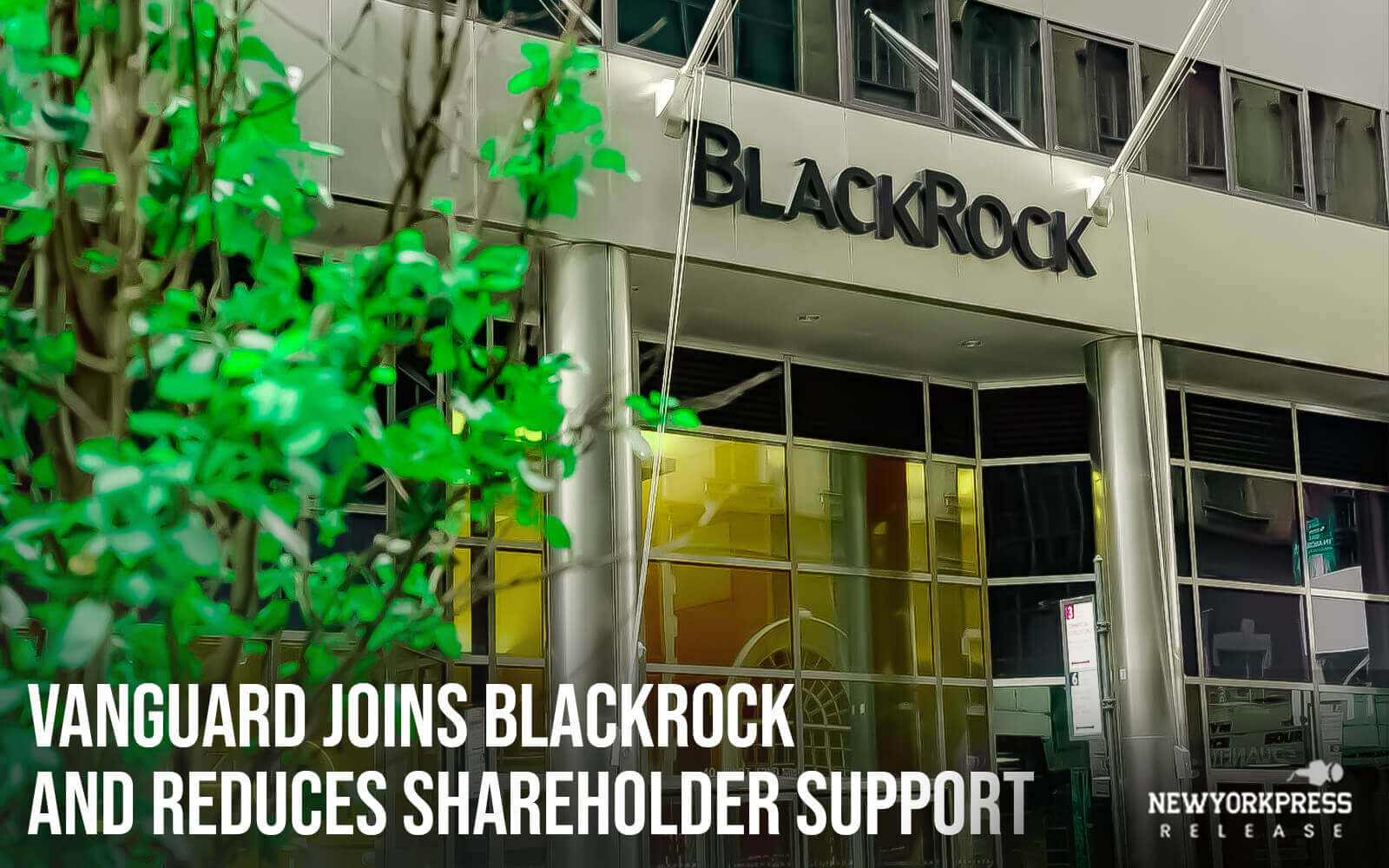In recent years, many Americans have been “cash poor,” earning a paycheck and having very little set aside as savings to fall back on in case of economic emergencies. This volatile financial position has driven them toward depending largely upon high-interest borrowing modes, paying fairly significant extra fees that further strain their economic positions.
Rising Financial Vulnerability
A 2025 SoLo Funds report underscores the magnitude of this problem, indicating that cash-strapped Americans paid more than $39 billion in fees above promoted Annual Percentage Rates (APR) when obtaining short-term funds—a 34% jump from 2023. This increase in additional fees reflects the economic burden of those with inadequate cash reserves.
The use of high-interest credit alternatives has also resulted in a sharp increase in defaults. In the first three quarters of 2024, U.S. credit card issuers charged off $46 billion in overdue loans, a 50% rise from last year and the highest since 2010. The trend suggests that more consumers are struggling to pay their increasing debt.
The High Cost of Being Cash Poor
Living without sufficient cash reserves compels people to rely on financial products that, though giving short-term relief, are costly. Subprime credit cards, payday loans, and other high-interest credit sources frequently entail concealed charges and extremely high interest rates. For example, payday loans may have interest rates higher than 400% per year, entangling borrowers in debt cycles.
Additionally, limited access to conventional banking services contributes to this problem. About 7.7% of Americans were unbanked in 2016, with higher than 20% in some areas. Without cheap credit, they are more vulnerable to abusive lending, which erodes their economic stability further.
Contributing Factors
There are a number of factors that account for the rising number of cash-poor Americans:
- Stagnation of Wages: While the cost of living has increased, wages have not kept pace, resulting in lower purchasing power. Consumer prices soared over 23% from 2020 to 2024 as wage increases fell short, thus squeezing family budgets.
- Insufficient Savings For Emergencies: Roughly half of the population cannot afford to pay for surprise expenses. A 2025 survey says that 59% of Americans do not concern themselves with saving in case of unexpected expenses like $1,000, instead resorting to credit and loans.
- Escalating Debt Levels: The issue of debt, especially high-interest credit card debt, has reached a crisis level. By the third quarter of 2024, credit card debt stepped up a notch, setting a record high of $1.17 trillion in the U.S., while more and more people paid only the minimum, thus entering cycles of longer debt.
Recommendations
The problems facing financially strained Americans must be solved through a multi-pronged approach.
- Financial Literacy: Higher financial literacy can allow people to make better decisions when it comes to borrowing, saving, and budgeting processes.
- Ease of Access to Low-Cost Credit: Increased access to low-cost credit might allow for safer alternatives to usurious lending.
- Policy Interventions: Legislation such as interest-rate caps on credit products can protect consumers from sky-high fees and interest rates. For example, one proposal has called for a full cap on credit card interest rates at 10%, drastically different from the national average of 28.6%.
- Turning Home/Alternative to Giving Laws: Promote policies that encourage and facilitate savings: For instance, emergency funds sponsored by employers and matched savings plans can allow people to build financial strength.
The economic situation of poor Americans with cash is a priority concern with comprehensive consequences. Through understanding the causes and applying specific measures, one can relieve the hardships of this group of vulnerable people and create a more balanced financial environment.




